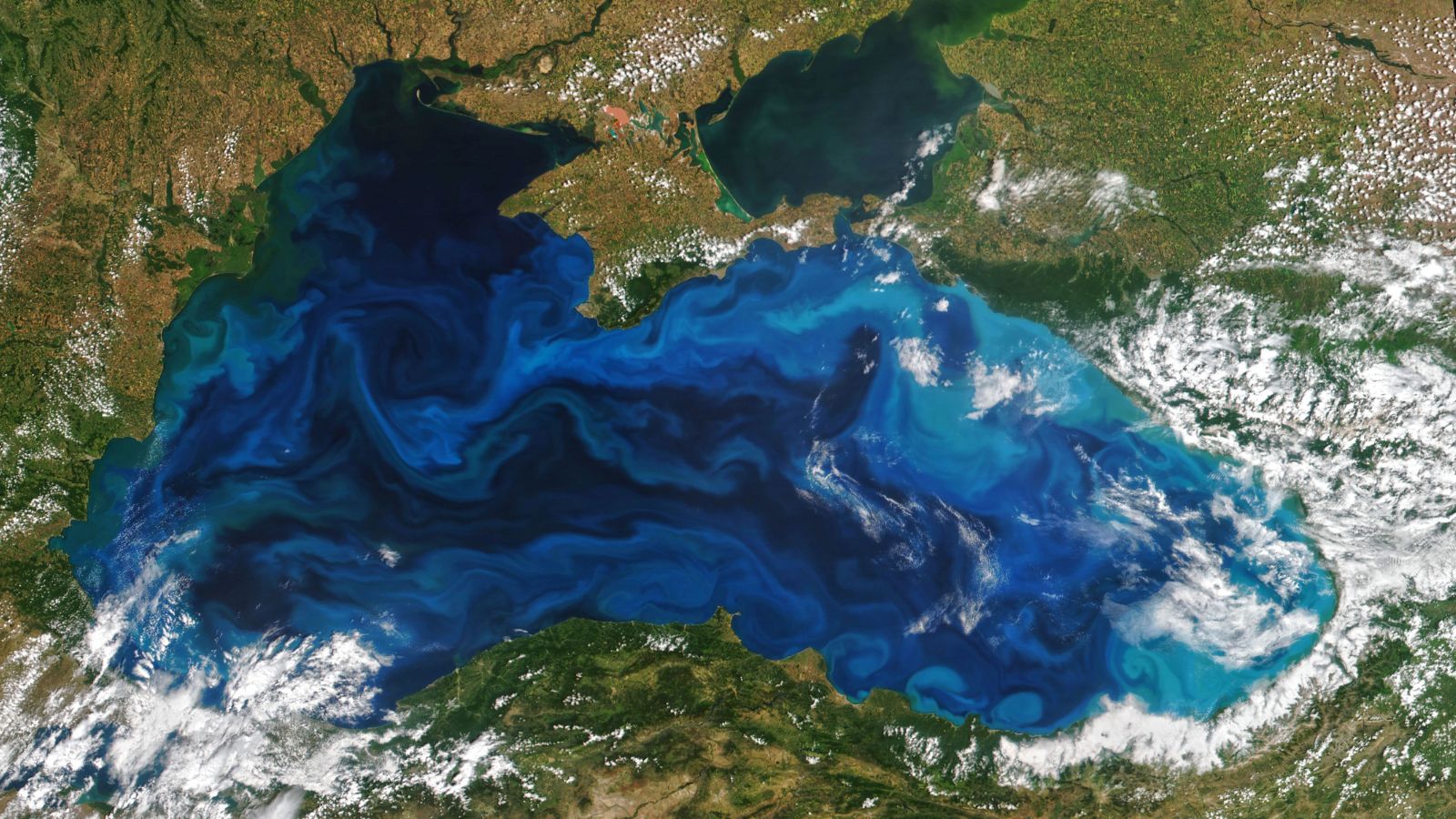Scientists utilizing advanced computer simulations have uncovered the perilous consequences of a runaway greenhouse effect, a phenomenon that can swiftly transform a habitable planet into a hostile, life-unfriendly environment.
Potential Fate of Exoplanets

The research conducted by a team of astronomers from the University of Geneva and CNRS laboratories sheds light not only on the potential fate of exoplanets but also offers profound insights into the pressing issue of human-induced climate change on Earth.
Rapid Transformation to Hellish Conditions

The team’s computer simulations have unveiled a disconcerting progression: a planet’s initial climate transformation ultimately leads to a cascade of changes in its atmosphere, structure, and cloud coverage, setting off an unstoppable runaway effect.
Read More: Fallout from the McCarthy Handshake Deal with White House
Minor Things Could Cause Same Effects on Earth

Shockingly, this catastrophic process could be triggered on Earth by relatively minor alterations, such as a slight increase in solar luminosity or a modest rise in the global average temperature. Even these subtle changes could render our planet entirely inhospitable.
A Grave Warning on Climate Change

The implications of this research extend far beyond planetary science, serving as a stark warning about the ongoing climate crisis on Earth. “Until now, other key studies in climatology have focused solely on either the temperate state before the runaway or either the inhabitable state post-runaway,” emphasized Martin Turbet, a CNRS scientist and a member of the research team. “It is the first time a team has studied the transition itself with a 3D global climate model, and has checked how the climate and the atmosphere evolve during that process.”
Greenhouse Effect’s Role

The pivotal factor in the runaway greenhouse effect, as revealed by the team’s simulations, is an abundant and familiar greenhouse gas: water vapor. While water vapor may not be the first greenhouse gas that comes to mind in the context of Earth’s climate change, it plays a crucial role. Similar to other well-known greenhouse gases like carbon dioxide and methane, water vapor traps heat by preventing solar radiation absorbed by a planet’s surface from escaping back into space. This retention of heat, often referred to as the greenhouse effect, maintains temperatures conducive to life.
Read More: Supreme Court Rules 9-0 in Favor of Concurrent Sentences for Gun Crimes
The Feedback Loop of Doom

In moderation, the greenhouse effect is beneficial, preventing temperatures from plummeting below the freezing point of water. However, excessive greenhouse warming can lead to the evaporation of oceans, resulting in a surge of water vapor in the atmosphere. Paradoxically, this exacerbates the greenhouse effect, creating a feedback loop. This cycle eventually reaches a “runaway” stage.
Venus: A Case Study

Venus serves as a compelling case study of what transpires when a runaway greenhouse effect takes hold. “There is a critical threshold for this amount of water vapor, beyond which the planet cannot cool down anymore,” explained Guillaume Chaverot, the research leader and a former scientist at the University of Geneva Department of Astronomy. Beyond this point, the situation spirals out of control, leading to the complete evaporation of oceans and scorching temperatures.
Unusual Cloud Pattern Spells Doom

One unexpected revelation from the simulations is the emergence of an unusual cloud pattern. These clouds, which develop during the transition, not only intensify the runaway greenhouse effect but also render it irreversible. The atmospheric structure undergoes profound changes, further sealing the planet’s fate.
Also Read: Supreme Court Rulings Could Completely Alter Gun Control
Implications for Earth and Climate Change

The research findings raise a sobering alarm for Earth’s climate. Minor alterations, such as a slight increase in solar radiation or a temperature rise of a few tens of degrees, could potentially initiate an apocalyptic runaway effect on our planet, rendering it as hostile to life as Venus.
Global Climate Change Targets

These findings come at a time when nations are striving to mitigate human-induced greenhouse gas emissions, with the aim of capping Earth’s overall warming at 1.5 degrees Celsius by 2050. The urgency of these efforts is underscored by the research, emphasizing the critical importance of limiting greenhouse gas emissions.
Unanswered Questions and Future Research

While the simulations provide critical insights, there are still unanswered questions about the runaway process. Researchers are exploring the role of greenhouse gas emissions alone in triggering and sustaining the runaway effect, as well as the potential impact of increased solar luminosity.
Read Next: British Fleet’s Daring Intercept: Chases of Russian Sub at Cork Harbour
Aiding the Search for Extraterrestrial Life

Understanding climate dynamics on other planets is essential as humanity becomes more adept at studying exoplanets. This scientific discipline will play a vital role in the search for extraterrestrial life beyond our solar system.
The research underscores the fragility of planetary habitability and the profound consequences of unchecked climate change, both on Earth and in our exploration of distant worlds.
More from The Stock Dork – Increase in U.S. Prison Population Signals a Shift in Decade-Long Trend







 Tags:
Tags:










